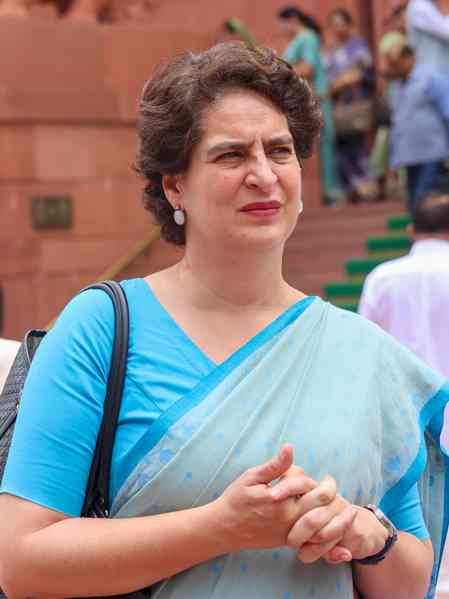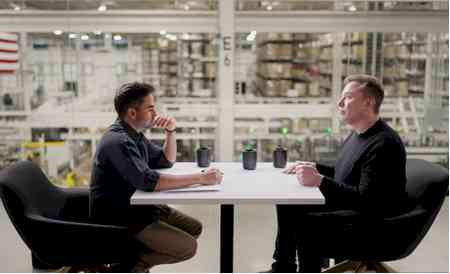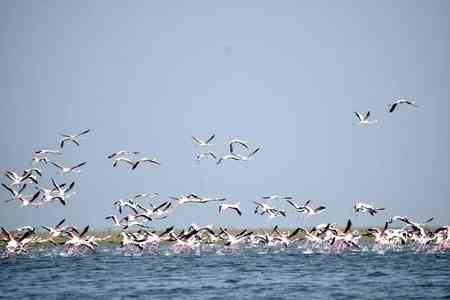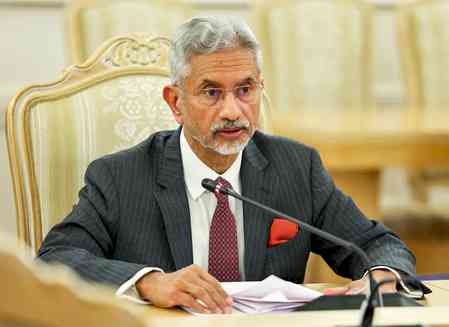Program on Water Security and Sustainability Approach for Industry at FTCCI
While there is water seen everywhere, we have just one per cent of fresh water readily available for consumption in the globe. 71% of the earth’s surface is covered in water. There is only 2.5% freshwater available. But most of this water is locked up in ice and in the groundwater, said G. Bala Subraamanyam, an expert on Water Security, while addressing a program on Water Security and Sustainability Approach for Industry at FTCCI, Red Hills on Friday.
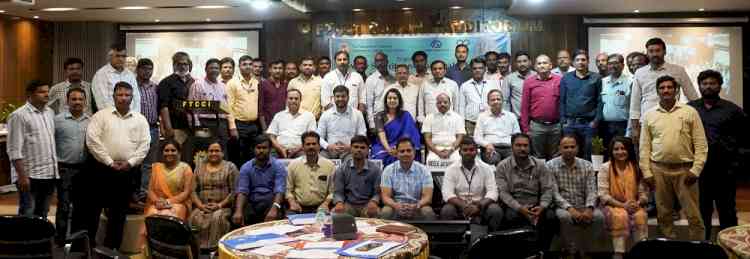
Hyderabad, June 16, 2023: While there is water seen everywhere, we have just one per cent of fresh water readily available for consumption in the globe. 71% of the earth’s surface is covered in water. There is only 2.5% freshwater available. But most of this water is locked up in ice and in the groundwater, said G. Bala Subraamanyam, an expert on Water Security, while addressing a program on Water Security and Sustainability Approach for Industry at FTCCI, Red Hills on Friday.
Giving his opening remarks, Anil Agarwal, President of FTCCI said, the industrial sector, being a significant consumer of water, plays a vital role in addressing this challenge. Water scarcity has become a significant challenge for many industries affecting their production capacity, profitability, and sustainability. It is imperative for industries to adopt a sustainable approach towards water usage and management. By integrating sustainable practices into their operations, industries can not only ensure their own water security but also contribute to the overall well-being of society and the environment.
G. Bala Subraamanyam who is earlier associated with the Pollution Control Board, Professor in the Environment Area at ASCI and Ganga Project Directory, Ministry of Environment, Forest and Climate Change and is currently Chairman of the Environment Committee with FTCCI addressed a gathering of 100 plus domain experts on the subject at FTCCI on “Water Conservation—What Can I Do?”
He said we must redesign the usage of water. India has more than 17 percent of the world's population but has only 4% of the world's water resources with 2.6% of the world's land area. We consume one-fourth of the globally available groundwater, more than the two countries the US and China combined
Bala Subramanayam added that according to NITI Aayog by 2050, India is likely to experience a 6% loss in the GDP due to the Water Crisis. By the year 2030, our water demand is projected to be twice the available supply. This implies that hundreds of millions of people will face severe water scarcity.
It is a common assumption that water is free, but it is not. Somebody is paying for it. The various Governments have been sourcing water from hundreds of kilometres. Take for instance Chennai city sources water from Veeranam Lake which is 235 km away, Hyderabad sources Krishna River from 130 km using expensive multi-stage pumping, Bangalore sources from Cauvery River from 95 km and Bhopal and Indore from Narmada River which is 30 km away. All this involves money, so people must know that water is not free, he said.
So what do we need to do? Use water-efficient fixtures. He told his audience. The current fixtures use Flush toilets: 5 - 8 litres/ flush; Urinals: 2 – 2.5 litres/ flush; Faucets(taps) : 5.5 – 8 litres/ min and Shower: 15 – 20 litres/ min. Instead of these, when you fix your toilets with water-efficient fixtures which consume Flush toilets: 3.5 – 5 litres/ flush; Urinals: 0.8 – 1.5 litres/ flush, Faucets(taps): 0.75 - 3 L/ min and Showers: 6 - 8 litres/ min. Replace your old water fixtures with good and efficient flow rate fixtures. Throughout the world, people are adapting to water-efficient fixtures.
Australia, Canada, China, Hong Kong, India, New Zealand, Portugal, Singapore, UAE and the USA have come out with water-efficient labels and schemes. While some of them made it mandatory others including India made it voluntary. As per this scheme in some countries, manufacturers and retailers cannot supply toilets that have a higher flow rate than 5.5 litres per average flush volume and are applicable to any products that are manufactured or imported. By following this practice, the USA has saved 4.4 trillion gallons of water since 2006, 522.9 billion kilowatt hours of electricity which is enough to supply a year's worth of power to more than 47.7 million homes and saved $ 87 billion in water and energy bills, he said.
The water efficiencies of the water taps are rated to different grades according to their types and nominal flow rates. Grade 1 is the most water efficient whereas grade 4 is the least water efficient. Simple actions will result in a big impact. The impact we will witness due to JUST saving one litre by each citizen a day through any of the measures (taps/ washing machine/ faucets/ utensils washing etc.), the city of Hyderabad can save approximately 281050000 litres per year, he explained.
Measure the water flow in your wash basin, and retrofit (to furnish with new or modified parts or equipment) with a water-efficient fixture which may cost around Rs 100.00 to Rs 150.00, he said.
Like Energy Efficiency Ratings, we need to develop a scheme for water-efficient fixtures. Industry and big establishments - to do water audits. Encourage research. Encourage make-in-India products G. Bala Subramanyam said.
The day-long program had several other sessions such as Water Auditing for Industry, Waste Water Treatment—Nature Based Solutions; Ground Water Governance, some experience sharing sessions such as the journey of K. Narayana Swamy from Water Treatment to Resource Recovery Plant etc and other.


 City Air News
City Air News 


